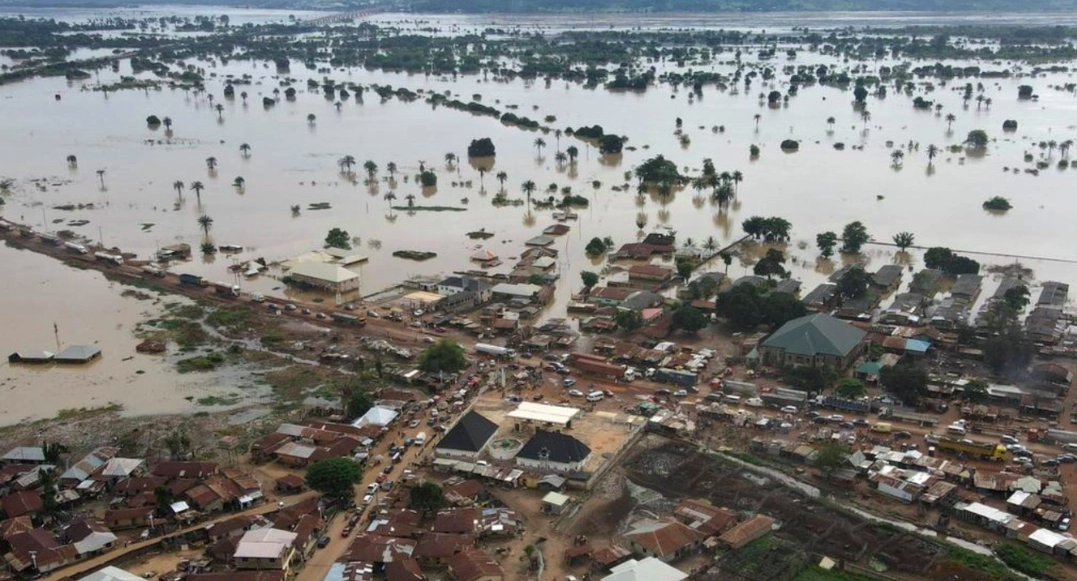At least 94 people have lost their lives, and the number of affected individuals has exceeded 137,000 due to the floods that have struck Niger since June, according to an announcement by the Ministry of Humanitarian Action and Disaster Management of the Sahel state on Friday.
The Nigerien authorities’ report as of August 7 mentioned 137,156 affected individuals, 93 injured, and “unfortunately, 94 human lives lost, including 44 due to drowning and 50 due to house collapses,” clarified Minister Aïssa Lawan Wadarma during a press conference yesterday.
A previous report, announced on July 15 by the United Nations Office for the Coordination of Humanitarian Affairs (OCHA), mentioned 53 dead and 18,000 affected. According to the same source, the number of affected individuals may exceed 247,000 before the rainy season ends in September.
The phenomenon is exacerbated by “climate change” in the country, which is largely covered by desert, noted OCHA.
The capital, Niamey, which had remained unaffected until now, has also suffered impacts, with at least four deaths and several injuries, according to the Ministry of Interior. Additionally, it was decided to implement several power cuts “for safety reasons” after substations of the distribution network were flooded, according to NIGELEC, Niger’s public electricity company.
All eight regions of the country are affected, particularly Maradi (central-southern), Zinder (central-eastern), and Tahoua (western).
The minister also expressed concern about the potential for a “lack of drinking water” in the affected areas and the spread of diseases such as “malaria, bilharzia, and cholera.”
According to the minister, over 15,000 houses and around forty school classrooms were destroyed, and “15,472” livestock animals were lost in the country, where livestock farming is one of the pillars of the economy.
On his part, Niger’s Minister of Transport, Colonel Salissou Maâman Salissou, stated that roads and bridges are impassable due to the flooding, some of them in the desert zone of Agadez (north).
Niger’s national meteorological service forecasts heavy rainfall in August, which is generally considered “the wettest month” in the country.
To reduce the number of victims and damage, authorities are sending SMS messages to residents, urging them to “stay home,” “ensure the safety of their animals,” and providing a phone number to call in case of an emergency.
The rainy season (June-September) is often deadly in Niger, even in areas of the country that are covered by desert and generally have a dry climate.
In 2022, the death toll was exceptionally high, with 195 dead and 400,000 affected.
In 2023, the floods left 52 dead, 80 injured, and 176,000 affected, according to Niger’s Ministry of Interior.
Ask me anything
Explore related questions





